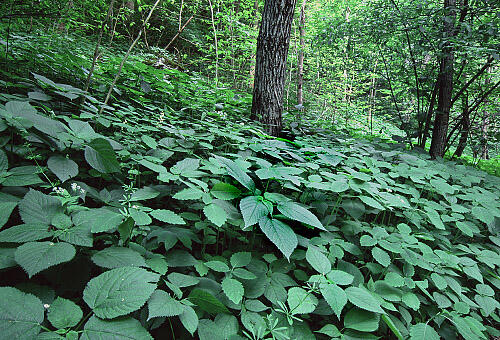The research, led by Gerard Farré-Armengol, concludes that the future of agriculture is to find pesticides that eliminate pathogenic bacteria fungi or plants, but not members of the filosfera.
According to the study, the plants communicate using chemical signals that broadcast in their environment and help them interact with each other and with living things that surround them , including microorganisms .
Specifically, plants emit volatile organic compounds that serve to attract pollinators to enjoy protection against certain environmental stresses or to repel herbivores.
Researchers CREAF and CSIC have analyzed the close relationship between these compounds and microorganisms that inhabit the plant.
“Knowing the microbiota living in plants and their interaction with VOCs can help better understand the contribution these emissions make the composition of the atmosphere and even the climate effects that may result”, stressed Gerard farré-Armengol.
VOCs are chemicals produced and emitted by plants and other organisms in the form of gas, consisting of carbon and that help attract pollinators, serve as signals to neighboring plants or as a defense against herbivorous insects and parasites.
Relations with bacteria and fungi
Plants do not use VOCs only for their own benefit, but these substances also help them interact with bacteria and fungi that cover its surface.
The aerial parts of the plant, comprising the phyllosphere, are colonized by bacteria and primarily fewer fungal, as also occurs in the roots.
“There may be 10 million bacteria per square centimeter of leaf. If we imagine the amount of bacteria that each plant, while the vastness of plant surfaces on the planet, we can get an idea of how important these microorganisms , “he stressed Farré-Armengol.
The study has determined that the VOCs emitted by the plant determine what microbiota can live in the filosfera: those microorganisms that are able to feed on the same volatile organic compounds and also those that are resistant to certain VOCs with antimicrobial effects.
In fact, in each plant tissue proliferate it can be different types of microorganisms, as occurs in humans.











